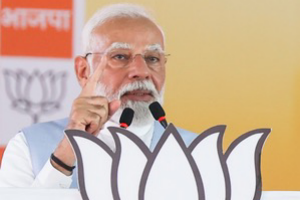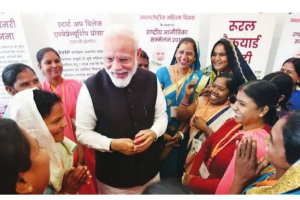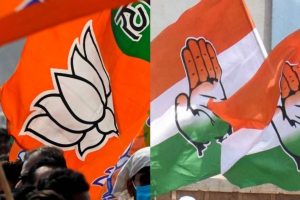Inflation, once thought to be tamed and controlled by the steady hand of central banks, is staging a comeback, and it is not a quiet one. The era of low inflation, marked by decades of economic stability, seems like a distant memory as we grapple with the resurgence of price pressures. The landscape has shifted dramatically, leaving policymakers in a precarious position and the public rightfully concerned about the future of their economies. Central banks struggle to maintain credibility in the face of mounting inflationary pressures.
For years, these institutions have been the guardians of price stability, guiding economies through turbulent waters with a combination of monetary policies and clear communication. However, the pandemic-induced shock to the global economy has exposed cracks in their armour, revealing a hesitancy to act decisively in the face of rising prices. One of the most troubling aspects of this narrative is the erosion of public trust in central banks’ ability to manage inflation effectively. After decades of relatively stable prices, the spectre of high inflation has returned, leaving many wondering whether policymakers have the tools and the will to address the problem. Surveys indicate a growing concern among the public about the longterm outlook for inflation, suggesting that the scars of the past are still fresh in our collective memory.
But perhaps the most pressing challenge facing central banks is the need to adapt to a new reality of heightened inflation volatility. Gone are the days of steady economic growth and predictable price trends. In their place, we find a world characterised by geopolitical tensions, trade wars, and the looming threat of climate change. In such a volatile environment, policymakers must be nimble and proactive, ready to adjust interest rates at a moment’s notice to keep inflation in check. This new paradigm requires a fundamental shift in the way we think about monetary policy. Gradual adjustments and cautious language have limitations. We need a more dynamic and flexible approach to inflation management. Central banks must be willing to move quickly and decisively to address emerging threats to price stability, even if it means tolerating greater economic volatility in the short term. In the end, the battle against inflation will require a concerted effort from policymakers, businesses, and consumers alike.
Central banks must regain the trust of the public by demonstrating their commitment to price stability, while governments must provide the support and guidance necessary to navigate the uncertain waters ahead. And as for the rest of us, we must remain vigilant and informed, ready to adapt to whatever challenges the future may bring. Only by working together can we hope to overcome the threat of inflation and build a more prosperous future for all.











